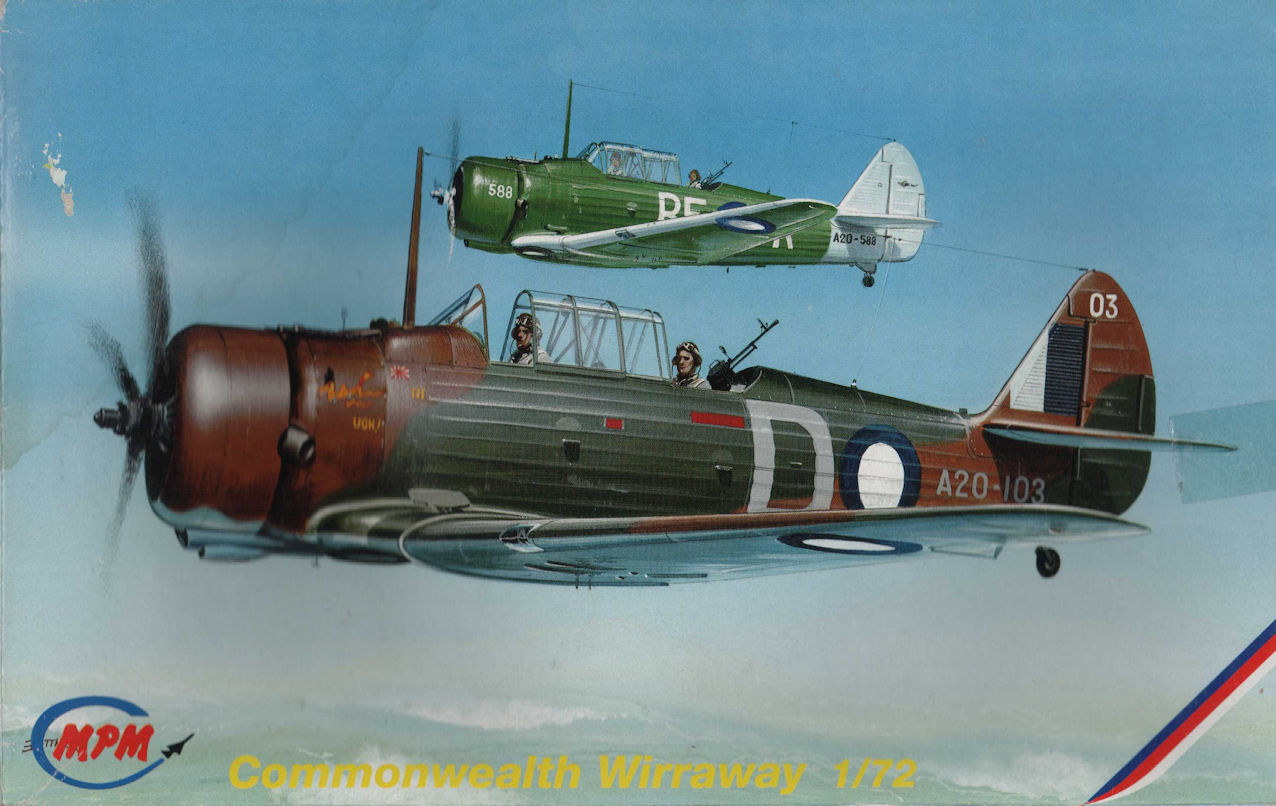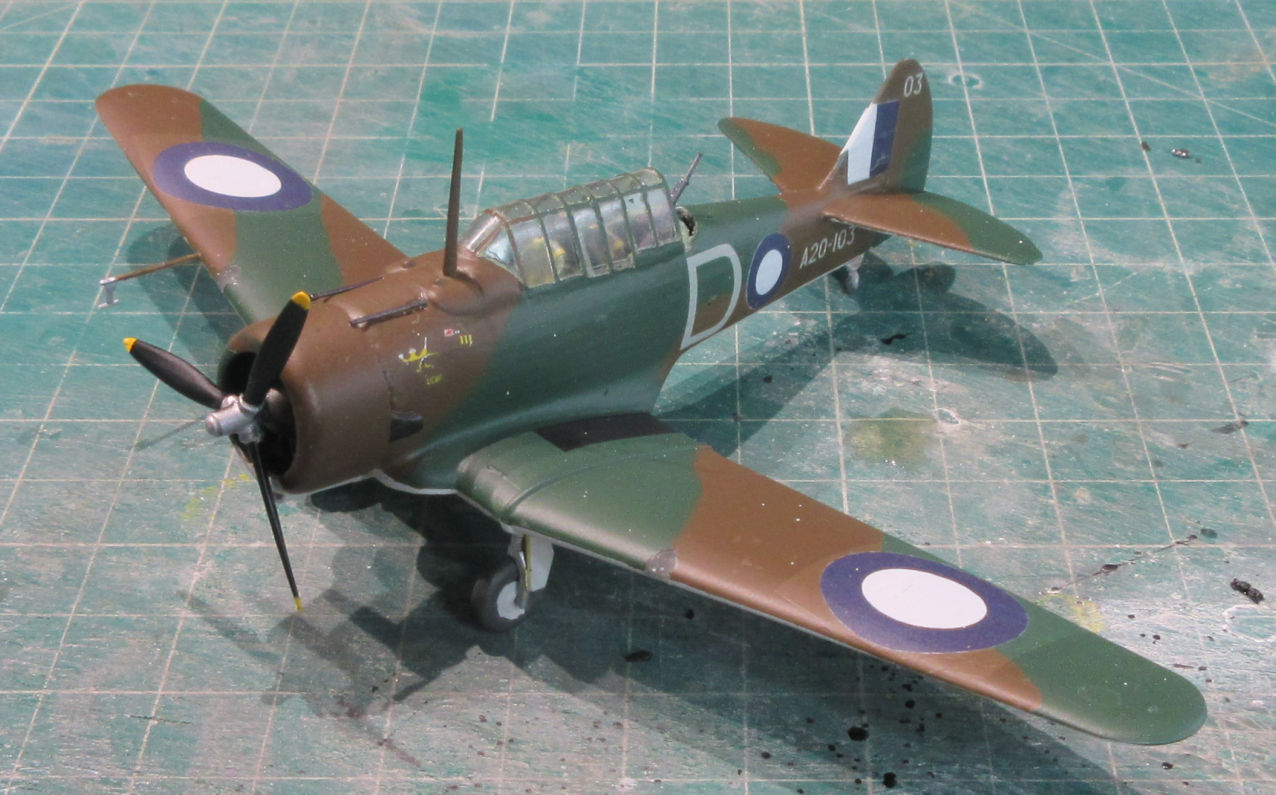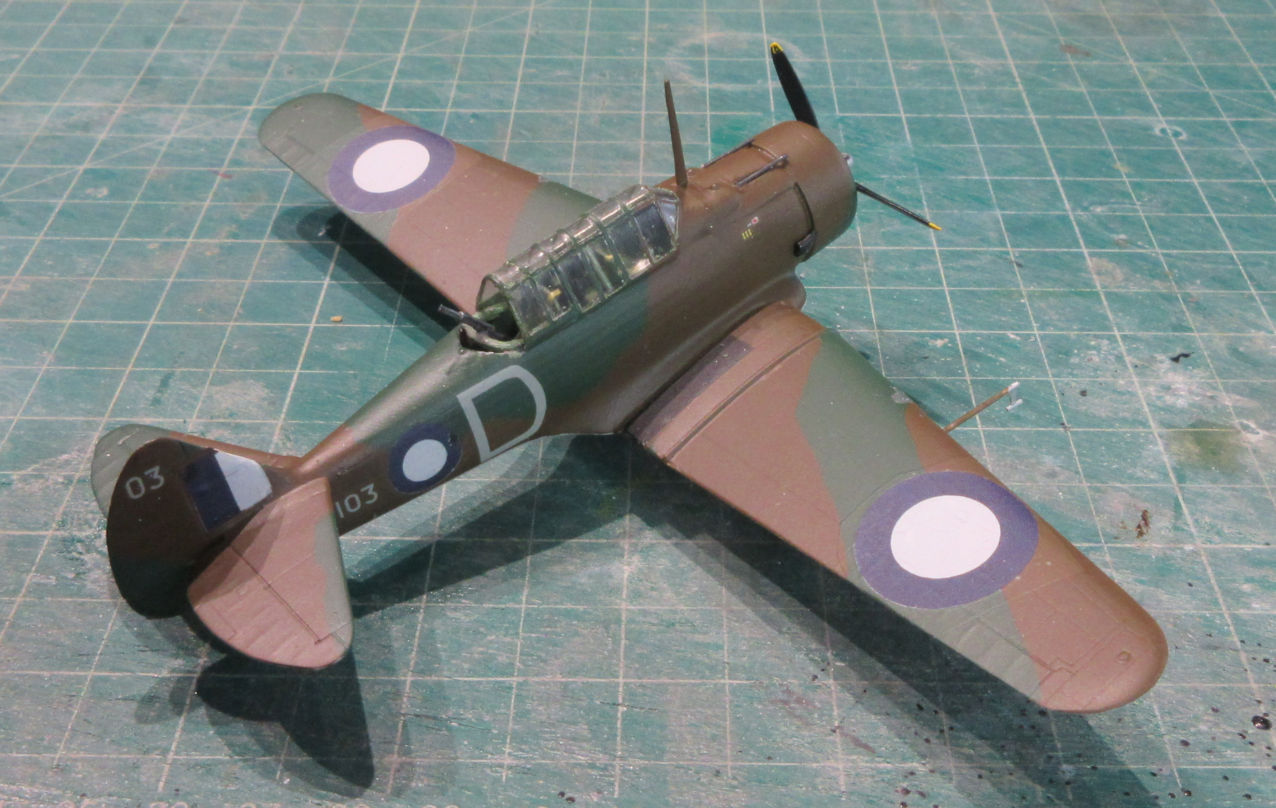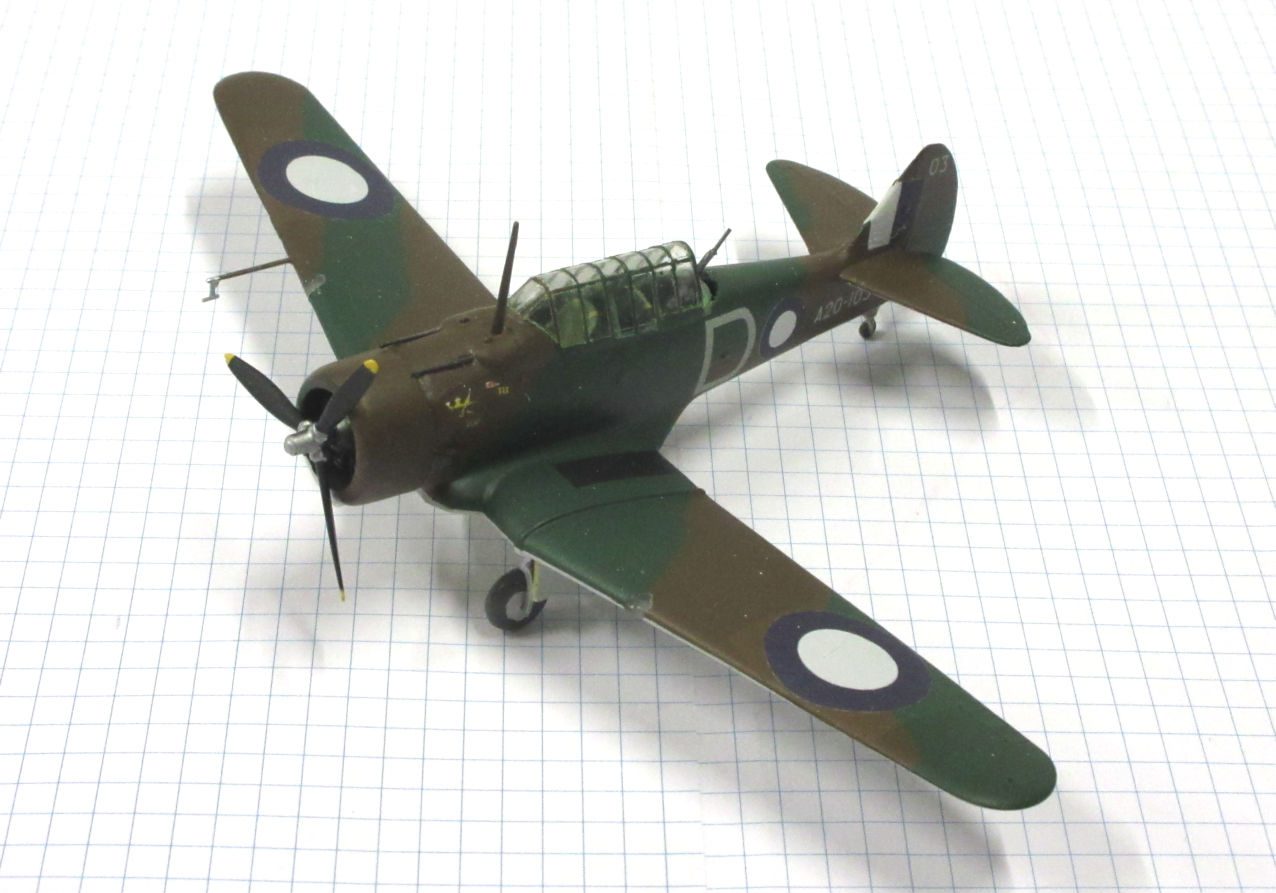As you will no doubt recall, the Commonwealth Aircraft Corporation (CAC) was the brain-child of Essington Lewis, the Managing Director of BHP. During a visit to Europe in 1935 he came to believe that another major war was inevitable. He believed that Australia needed its own aircraft manufacturing capability so, on his return to Australia, he gained the support of the Australian government and partnership with other major companies including General Motors-Holden, ICI and the Orient Steamship Company (which was moving into the Australian airline business), to create CAC.
Lawrence Wackett, who had been trying to get an aircraft manufacturing industry going in Australia since the early 1920s, was appointed CAC’s General Manager. He had also been overseas in 1935 looking for a modern aircraft type suitable for Australia’s needs and within Australia’s industrial capabilities, and selected the North American NA-16. This, with modifications, became the Wirraway. Its major modifications were two machine guns mounted in the nose, a modified tail and wings for added strength for dive bombing, and a swivel mounted machine gun in the rear cockpit.
The Wirraway was what the air force called a General Purpose aircraft, capable of training, ground support, reconnaissance and that sort of thing. They were alright for most roles but in contested air space, where they were forced to fly for the first few months of the Pacific War, they were sitting ducks and many were lost as a result. However, because of their general usefulness they remained in production until July 1946 and 757 were made.
Youngsters growing up in the 1950s and 1960s could not help but know about the Wirraway. They were part of Australia’s wartime history of achievement and they were everywhere. Some ex-air force ones were converted into crop dusters, others were flown privately and a lot were bought cheaply and stood on public display – I remember seeing two or there at petrol stations. There were so many of them that even today every self respecting aviation museum has one in its collection.
It was probably a government regulation written somewhere that every Australian youngster had to make a model of a Wirraway. It was not difficult, all you needed was the old yellow Airfix Harvard kit and the article in the Airfix magazine showing how to modify the nose and the tail to make a reasonable (for those days) replica of one. So I made one and, having completed my statutory obligations, forgot about Wirraways for many years. At some stage I picked up the High Planes kit but it looked very challenging. I also picked up the MPM kit when it was first release in 1996 but was not inspired to make it. And that’s how things stood until last year when I saw a photo of a big yellow Canadian Harvard and was inspired to make a yellow trainer Wirraway to match it.

The MPM kit was not impressive but typical of that manufacturer’s first few years. There was lots of flash, many vaguely formed parts and a couple of significant short shots. Undaunted I soldiered on until it came time to provide the cockpit with some details. The kit is very vague about what goes into a Wirraway cockpit and search as I might on the interweb I couldn’t find any decent photos of what they looked like. As a youngster I’d been plonked into a Wirraway cockpit at a petrol station and remembered it as being a mess of silver painted pipes but I could find no photos to confirm or deny my memory.
After a couple of months I decided ‘to hell with it’ and created the cockpit in what I thought might be reasonably accurate and painted it interior green, which seemed reasonable since most aircraft of that period were painted that way.
The next challenges was the cockpit canopy. It was vacformed, which has its usual problems, but not impossible. Hand masking those glasshouse canopies is a tedious task so I acquired a Special Hobby masking set to make life easy. Only when I tried to apply the masks did I discover that the 1996 MPM Wirraway and the 2010 Special Hobby Wirraway kits are not the same kit and the Special Hobby masks did not fit on the MPM canopy. Oh well, there went a couple of nights as I masked the canopy the old fashioned way. There’s a lesson to be learned here somewhere but I’m not sure what it is or whether I’ve learned it.
After that the rest of the project of battling this kit into submission was easy. I’d bought the DK Decals set for various Wirraway schemes and, inspired by the Pacific Group Build, planned to make it in the all-over Foliage Green with white trimmings scheme. However, unthinkingly I put the earlier version air filter under the nose and so had to paint it in the three tone scheme worn by the only Wirraway that had the amazing good luck to shoot down as Japanese fighter.
After everything was over and the model was completed I discovered that the local little aviation museum has a Wirraway in its collection so I went to have a look.
Surprisingly, I’d got the cockpit layout more or less right but yes, the inside was, as I recalled, a maze of structural pipe work and it was all painted silver. However, as Ghuru Mark later pointed out, it was a restored aircraft so there was no guarantee that it was accurate. Later again I found myself at another little aviation museum which had another restored Wirraway. This time the structural tubing was painted in the usual interior green and everything else in silver. Who knows which is correct for 1942, of if either of them are even near the mark. It’s not something I lie in bed at night worrying about.


Leigh Edmonds
March 2023
